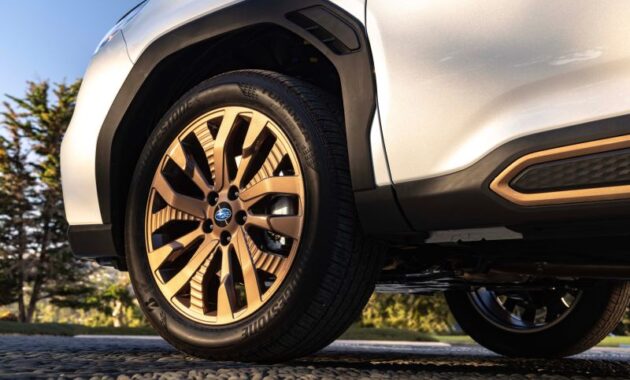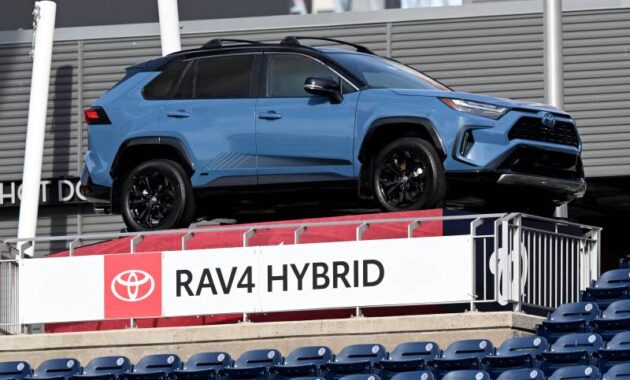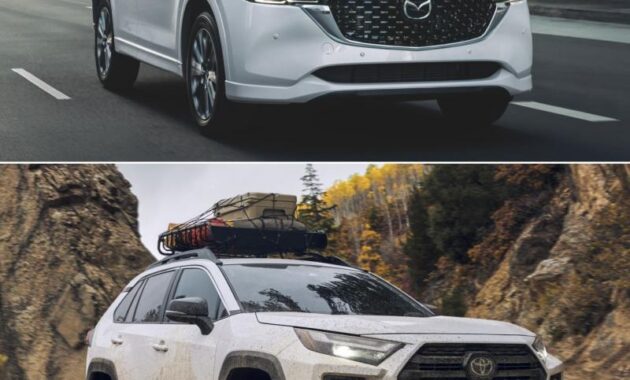Tech2race.com – is evidence of this development. A major turning point in the American market, Honda’s ambitious attempt at merging hydrogen fuel cell technology with plug-in hybrid electric vehicle (PHEV) capabilities marks Along with a revolution in vehicle technology, this invention prepares the ground for a more environmentally friendly and effective future in transportation.
Table of Contents
ToggleA New Powertrain Combination
The 2025 Honda CR-V e
stands out with its own engine arrangement. This CR-V type combines a hydrogen fuel cell with a PHEV system unlike conventional automobiles depending just on internal combustion engines (ICE) or even ordinary hybrids. Before switching to its hydrogen-powered system, this mix lets the car run entirely on electric power for up to 47 kilometers—about 29 miles. In urban environments where zero-emission driving is growingly crucial, this capacity is particularly helpful.
The power for the CR-V e
draws from a 17.7kWh battery pack and a 4.3kg hydrogen tank. This double power source not only gives versatility but also increases the general range of the car. For a hydrogen-powered automobile, even if the overall range of 435 kilometers—about 270 miles—may appear little compared to other totally electric cars, it is a noteworthy accomplishment.

Plug-In Hybrid Flexibility
One of the standout features of the 2025 Honda CR-V e
is its plug-in capabilities. This lets drivers charge the battery pack of the automobile from a regular electrical socket, thus less reliance on hydrogen fuelling facilities, currently very rare in the United States and worldwide. This plug-in capability guarantees that the car stays useful even in places with limited hydrogen infrastructure, therefore providing a flexible option for both city and long-distance travel.
Moreover, the CR-V e
has bi-directional charging features, which let the car run up to 1500 watts from a 110V input small appliances and electronic equipment. Outdoor activities, crises, or just a means of daily convenience all depend on this ability.
Advanced Design and Engineering
Honda has put considerable effort into ensuring that the CR-V eRegarding comfort and performance, it not only meets but above standards. The extra weight of the hydrogen fuel cell and battery pack has been especially designed into consideration in the chassis and suspension. This comprises a multi-link suspension at the back and a MacPherson strut at the front, therefore offering a balanced and steady ride.
The CR-V e
now has a closed underbody, bumper, and rebuilt front fascia to maximize aerodynamics and hence increase efficiency. The car stands out from other CR-V models with its unique and sophisticated look derived from 18-inch black alloy wheels with a 10-spoke design.
Interior and Technology

Inside, the 2025 Honda CR-V e
provides a range of high-end capabilities meant for driver and passenger convenience. To guarantee that all necessary information is quickly available, the car comes standard with a 9-inch infotainment display and a 10.2-inch digital instrument cluster. Standard is also wireless connectivity, which includes Android Auto and Apple CarPlay compatibility, so enabling simple on-the-go connection.
Bio-leather chairs in the interior mirror Honda’s environmental dedication. Designed to improve the driving experience, other conveniences include dual-zone temperature control, heated steering wheel, and wireless charging pad. The CR-V e-profile
also features a 12-speaker Bose sound system, providing an immersive audio experience for all occupants.
Manufacturing and Availability
The 2025 Honda CR-V e
is built at Marysville, Ohio’s Honda Performance Manufacturing Center, a plant well-known for building high-performance cars. Using this modern capability guarantees that every CR-V e
meets Honda’s rigorous standards for quality and performance.

Initially, the CR-V e
will be leaseable in California, where infrastructure for hydrogen fuelling is most advanced. Honda intends to increase the availability of this model, nevertheless, to additional markets including Japan. Sadly, other areas like New Zealand will have to wait while the CR-V e
is not yet slated for release in those areas.
Market Impact and Competition
The introduction of the 2025 Honda CR-V e
arrives at a period when small crossover SUVs rule the market. With almost 1.24 million units delivered in North America alone, the small CUV market showed a notable rise in deliveries in the first six months of 2024. Long leading in this market, the Honda CR-V often ranks among the top-selling cars next to the Toyota RAV4, Nissan Rogue, and Tesla Model Y.
With both models fighting for leadership in the small CUV market, the rivalry between the Honda CR-V and the Toyota RAV4 is especially intense. Although the RAV4 of the present generation is still a fierce competitor, speculations indicate that Toyota intends either a refresh or a whole overhaul for the 2025 model year. Consequently, the CR-V e-performance is
will need to offer something truly exceptional to maintain its competitive edge.
The Future of Hydrogen and Hybrid Technology
Honda’s partnership with General Motors has been instrumental in the development of the CR-V e
System for hydrogen fuel cells. Compared to its predecessor—used in the Honda Clarity Fuel Cell—this second-generation fuel cell module is more efficient, robust, and reasonably priced. The developments in this technology show Honda’s dedication to investigate substitute energy sources and lower the environmental effect of its cars.
The 2025 Honda CR-V e as the automotive sector develops will change as
reflects a major advancement in the acceptance of hydrogen fuel cells. Although the infrastructure for hydrogen fuelling is still under development, it is indisputable that this technology might lower carbon emissions and offer a sustainable substitute for conventional fuels.
Conclusion
The 2025 Honda CR-V eis a window into the future of automobile technology, not only a fresh model. Honda has produced a unique and flexible car by merging the practicality of a plug-in hybrid with hydrogen fuel cell technologies. The CR-V e as hydrogen infrastructure develops and customer demand in sustainable automobiles rises.
is poised to become a key player in the next generation of eco-friendly transportation.
| Feature | Details |
|---|---|
| Powertrain | Hydrogen fuel cell + 17.7kWh battery |
| Electric Range | 47 km (29 miles) |
| Total Range | 435 km (270 miles) |
| Charging Capabilities | Plug-in hybrid, bi-directional charging up to 1500W |
| Suspension | MacPherson strut (front), multi-link (rear) |
| Interior Features | 10.2-inch digital cluster, 9-inch infotainment display |
| Manufacturing Location | Marysville, Ohio |
| Availability | California (initially), Japan (future plans) |
| Competitors | Toyota RAV4, Tesla Model Y, Nissan Rogue |
| Key Technologies | Second-generation fuel cell module, bio-leather seat |





